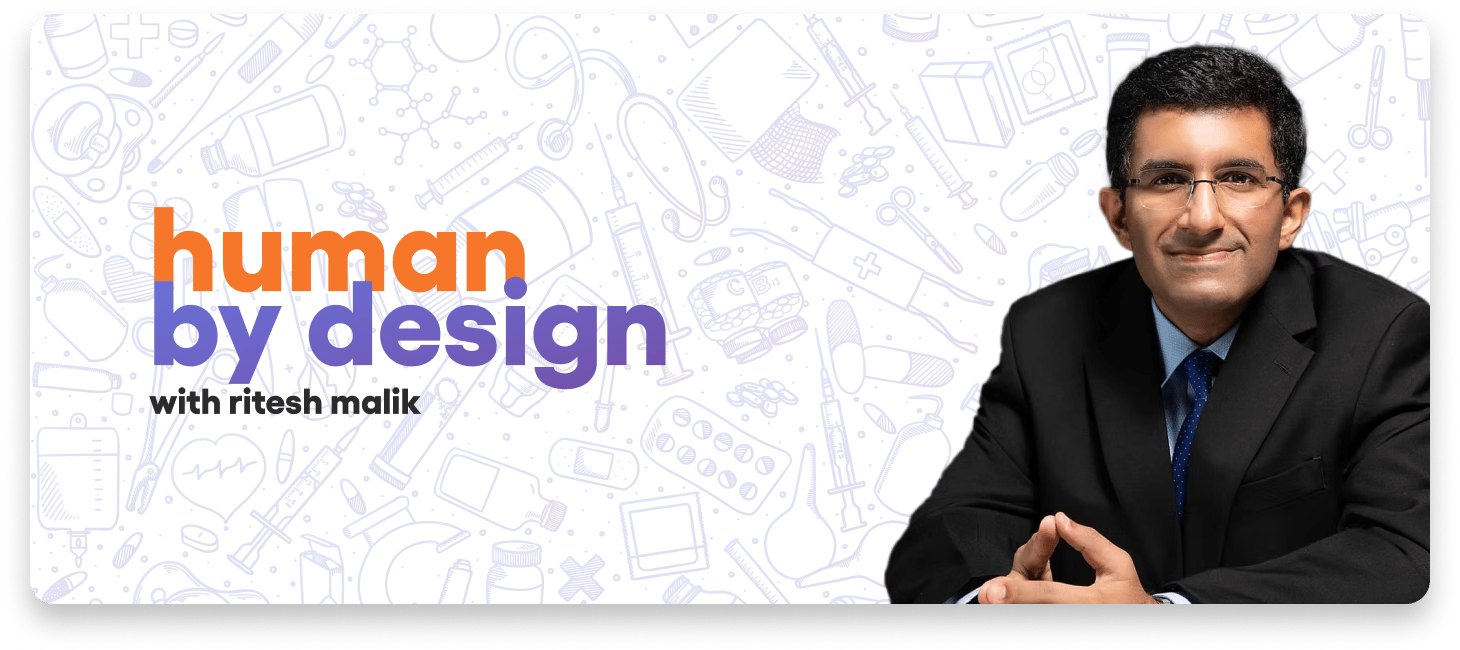- Ritesh Malik
- Posts
- the 3-minute rule
the 3-minute rule
how mimamoru builds real confidence

"The Japanese mother who made me question everything I thought I knew about raising children."
Last week, a video surfaced on my LinkedIn feed that stopped me cold.
A Japanese mother had spent 3 months hand-illustrating an entire RRR movie flip-book – 200+ detailed drawings to help her 7-year-old understand the Telugu film.
The comments ranged from "incredible dedication" to "excessive helicopter parenting."
But something felt different about this story.
This wasn't a parent doing the work FOR her child.
She was creating a tool that would help him figure it out HIMSELF.
That distinction sent me down a research rabbit hole that changed how I see everything about raising successful children.

Two days later, I came across recent policy changes in Japan. The country has been expanding parental leave benefits, offering 67% salary replacement with fathers eligible for up to 4 weeks of "Papa Leave" within 8 weeks after birth.
It reflects a deeper shift in understanding child development. Research from Japan's RIKEN Center for Brain Science shows that when both parents engage in early childcare, children develop stronger emotional regulation and decision-making abilities.
Think about it: how many dads in India stay home during early childcare?
This makes me question if it's policies or culture that need change.
But hold that thought, for 3 more insights.
learning #1: the "watching and waiting" that builds problem-solving confidence
The mother's RRR flip-book suddenly made perfect sense when I discovered mimamoru (見守る).
Mimamoru is widely practiced as an implicit pedagogical approach in Japanese early childhood education. When children fight, argue, or struggle with problems, teachers don't immediately intervene.
They watch. They protect from real harm. But they don't solve.
The results are measurable: Studies show the mimamoru approach supports social and emotional development, with children developing better conflict resolution skills, higher frustration tolerance, and superior problem-solving persistence.
For Indian parents: This connects perfectly with our concept of "tapasya" which is growth through patient effort. The key is being present without immediately rescuing.
When your child struggles with homework, resist the urge to give answers.
Ask "What have you tried?" instead of "Let me help you." Watch them build problem-solving confidence through guided struggle.
learning #2: how structured morning routines create academic advantage
Japanese elementary school students wake at an average of 6:38 AM and follow highly structured morning routines.
The precise protocol: Wake at consistent time → 5 minutes personal preparation → 20-25 minutes family breakfast → 10 minutes school preparation.
Brain research shows: Structured routines support executive function development, which is crucial for academic success and emotional regulation.
Indian application: Replace Japanese radio calisthenics with surya namaskar, incorporate traditional breakfast conversations, but maintain the timing structure. The neurological benefits come from consistency and predictability, not specific activities.
Our families already value early morning routines, from prayers to yoga. Adding Japanese precision amplifies what we're already doing well.
learning #3: the independence that builds real confidence
Over 90% of Japanese elementary school children walk to school independently, with only 1.7% taking school buses. This isn't neglect but an attempt at confidence building.
The safety framework that enables this:
Extensive community volunteer safety programs support children's school commutes
Designated safe stops and crossing guards
Why this matters: Independent navigation builds problem-solving skills and resilience. Research shows that walking to school contributes to physical activity and develops spatial awareness and decision-making abilities.

This one seems idealistic but we can create "parent networks" where trusted neighbors serve as checkpoints, adapting Japan's community support model to Indian social structures.

What connects all three insights?
Strategic non-intervention paired with systematic support.
Japanese parenting focuses on building internal capability rather than external control. The mimamoru approach exemplifies this: adults create safe environments for children to develop autonomy through guided experience.

Japanese children's academic performance demonstrates these approaches work:
Academic Excellence:
Physical Health:
Japan has one of the world's lowest childhood obesity rates, well below 20%.

Pick ONE insight to implement consistently:

The goal isn't to become Japanese parents. It's extracting proven principles that amplify our existing cultural strengths.
As random as this might sound, but a lot of these even apply to us and our mentees/ employees at an older age. Think about it and let me know what you think!
Until next week,
Ritesh



